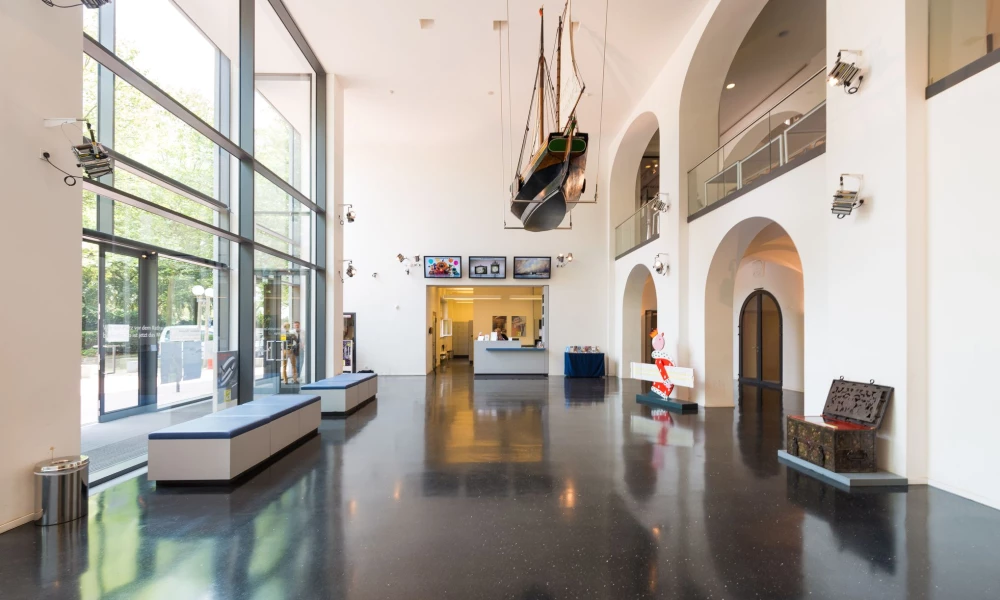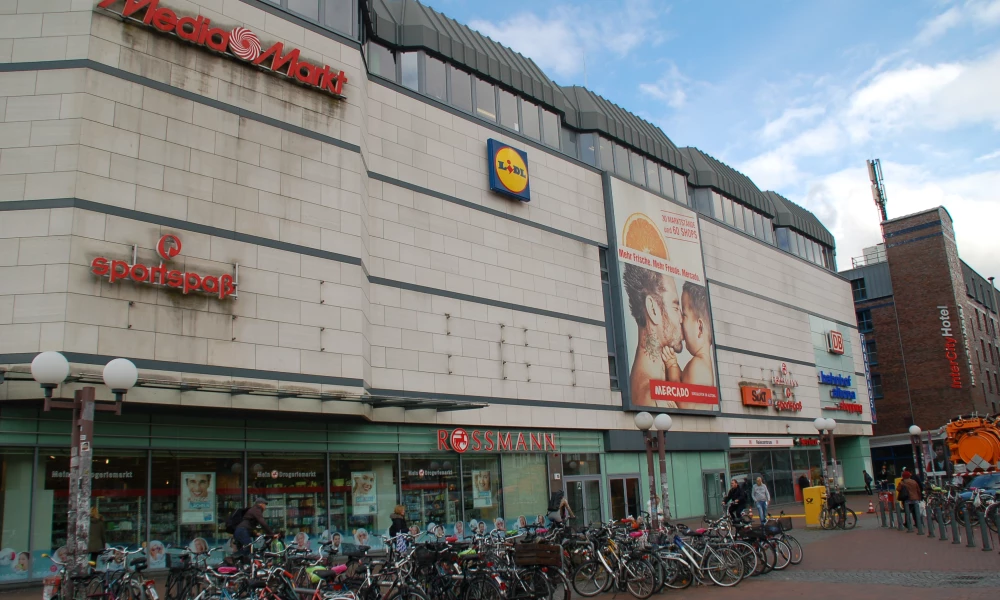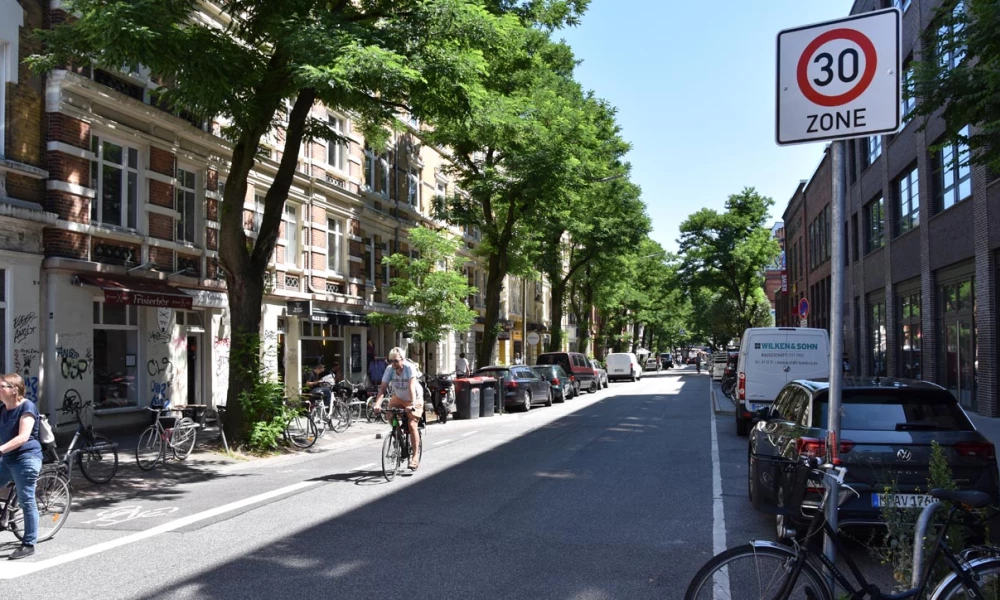Am Felde 56
22765 Hamburg
22765 Hamburg
luis.duarte@stageschool.de
Am Felde 56
22765 Hamburg

All fotos by Jens Oestreicher. The urban development and architectural expansion of Altona gave the district a new identity with its town hall, square and train station, also included plans for a museum. It was built between 1889 and 1901. Unfortunately, little remains of the once magnificent building after it was destroyed during the war and rebuilt in a modern style. Main areas of interest in the museum are the natural history of Northern Germany, art and culture, urban and regional history, farm houses and the history of Schleswig Holstein. A remarkable collection of figure-heads from sailing ships and a great section of old toys are further attractions. The adjacent vocational school, built between 1927 and 1930, has a concrete frame with decorative verdegris plates, reminding us of how material of this kind was used in the past.

The train station of Altona is a dead-end station and an important crosspoint for national, regional and local transport. Build in 1979, the building was reconstructed in 2005/2006 and involves now shopping possibilities and gastronomy. A car park was build behind the building, next to the railways. The metro operates underground, in the northern part of the train station, the railways are coming up on a ramp to daylight. Behind that, there are several storage sidings, and flying junctions.

It was not until 1937 that the district of Altona was affiliated to the Hanseatic city of Hamburg and, shortly after this, ceased to be an autonomous town. Today's face of Altona is very versatile and has both beautiful and less representative motifs to offer. To the west of the train station, the mall Ottenser Hauptstraße and a big shopping centre invite to a stroll. The adjacent streets are still predominated by cobblestone pavement and beautiful fin-de-siecle buildings. To the east and in North of Altona, however, grey high-rise Buildings prevail, which were erected during the post- war- period. Culturally the former working class quarter is very diverse as well; next to large chain stores there are still a number of smaller retail shops, many of which carry exotic names.

Ottensen starts on the western side of the Altona train station. In former times, Ottensen was an old farmer and handcrafter town. At the middle of the last century it developed to an important industrial location of North Germany. The traffic-favorable position promoted the development of Ottensen to the industrial town part. Besides the country houses and villas next to the Elbe originated thus a typical factory quarter and working- class area. Today many former factory buildings are used as lofts and freehold flats, also as office surfaces. The district radiates a cosy and friendly atmosphere, and the proximity of the Elbe is captivating. Almost every corner has a restaurant to offer, on the streets there is hustle and bustle come rain or shine. Situatied in the heart of Ottensens, the Ottenser Hauptstraße is especially animated. In summer you can sit on one of the terraces of the cafes or restaurants. With the construction of the shopping-centre Mercado and the utilisation of the old ship's propeller factory Zeisehallen as cultural institution, the district changed from an industrial site into a multicultural, trendy quarter, without losing its charm. Ottensen offers multifaceted motives - renovated old buildings border on new ones and give the district historical meaning, courtyards exhibit artful balkonies and playgrounds, and the traffic is calmed down in several streets.